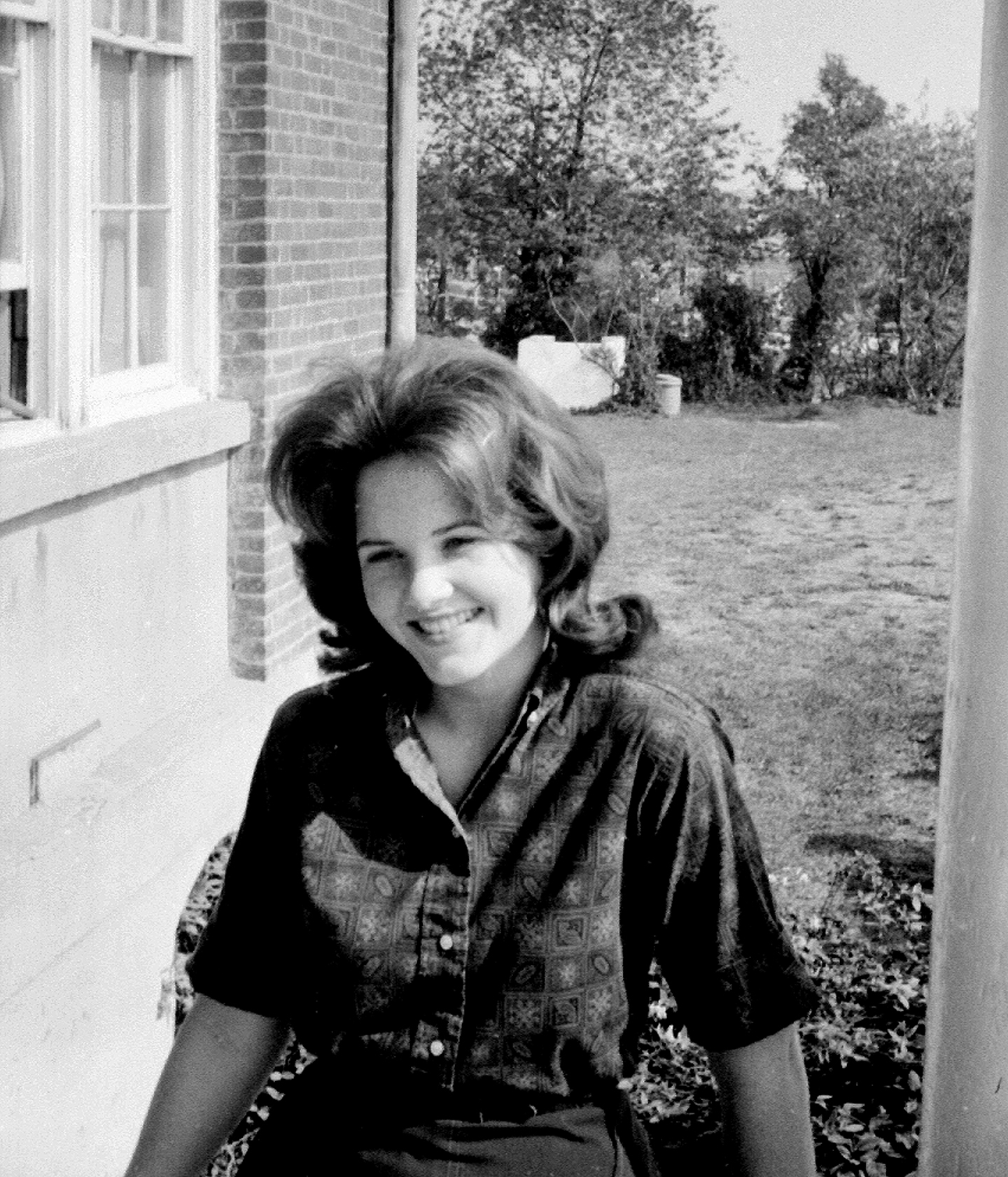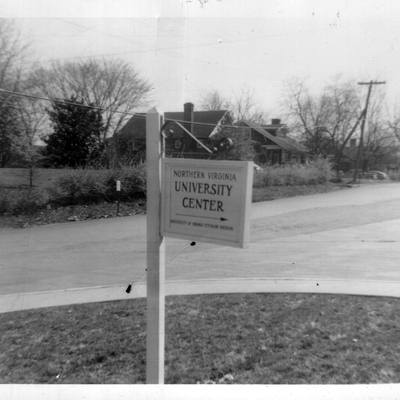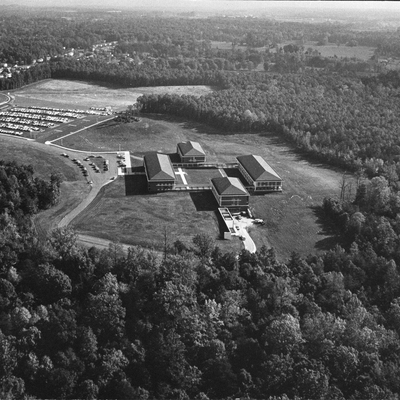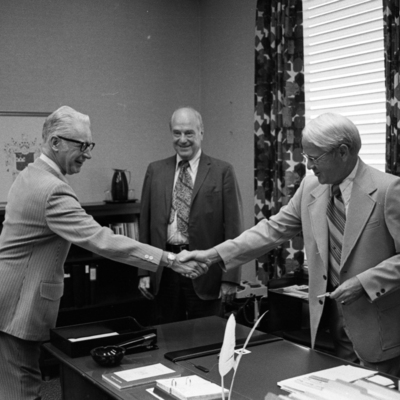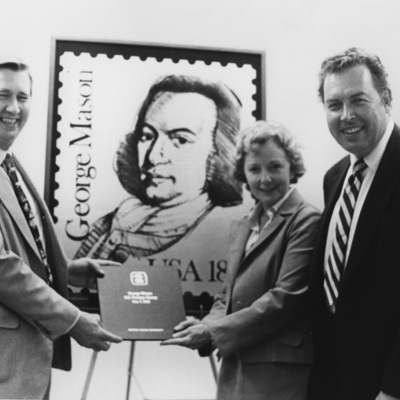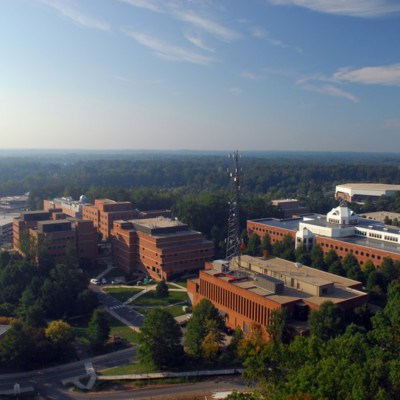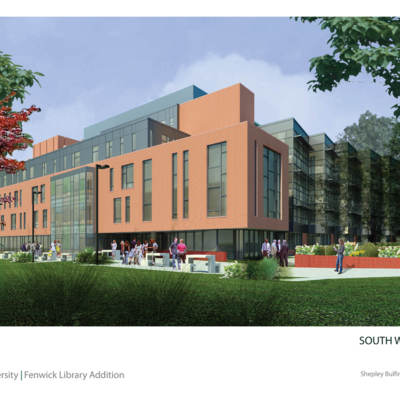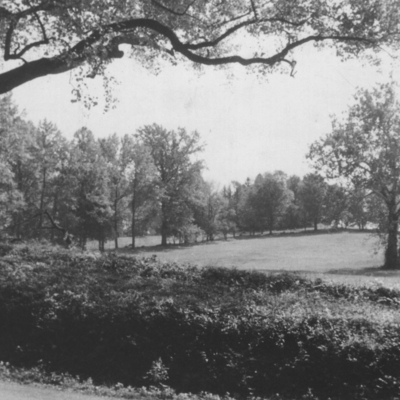Helen Momsen, The Gunston Ledger, and the Beginning of Student Media at Mason
“In fifty years, your heads, bowed with age, will raise with pride when a current of curiosity ripples through the students of well-known George Mason College, ‘I wonder who started this tradition? Someone had to!’ That Someone will be you.” – Helen Momsen, Editor, The Gunston Ledger, October 15 1963
The story of how a student newspaper started at Mason doesn’t begin with a journalist, but with a candidate.
In 1963, Helen Momsen, a female student from Falls Church, ran for student body president of George Mason College. For Momsen, running for office at a branch college of the University of Virginia, which was an all-male institution at the time; presented a challenge for a coed with political aspirations. Momsen, facing considerable opposition, did not prevail in the election.
After her defeat though, a member of the college's administration approached her with a “consolation prize.” She was offered the job of editor of the student newspaper. Years later Momsen explained that when she was handed a copy of the newspaper, it was nothing more than a loose stack of unorganized mimeographs. [1] Mimeograph was a low-tech and low-cost method, used most often in elementary schools for printing worksheets for school children.
Student publications at George Mason during the early years were hardly successful. Prior to what would eventually be called the Gunston Ledger after the name of the home of George Mason, there had never been a student publication that ran for more than a handful of issues. [2] “I don’t think anybody really read it a lot. I don’t remember there being a staff. I don’t even really remember knowing it existed until they put it in my lap,” Momsen said in an oral history conducted in 2013. After Momsen’s first and only year as the Ledger’s editor-in-chief, the newspaper would forever be established as a permanent fixture of student life at Mason.
Momsen’s initial steps were to connect with the Fairfax County Sun Echo, a popular Northern Virginia paper during the early 1960s. Momsen’s mother worked in the Sun Echo’s office in Falls Church, and she enlisted the support of the paper’s publisher, Major Roosevelt Der Tatevasion. The first issues of the Gunston Ledger were laid out and printed using the Sun Echo office, and Momsen received advice and guidance from the paper’s staff. The Sun Echo even took out a full-page advertisement on the back page of the first few issues of the paper.
“We talked about actually setting the paper up at his offices where they had all the supplies and all the equipment,” Momsen later said. “And printing it wherever [Der Tatevasion] got the newspaper printed. And so they came up with the format of the white paper with the offset printing. He did a lot. If the budget at the school wasn’t big enough, he would help. We wanted to go from eight to twelve pages and he paid the difference. They had an office in a building that’s probably not even there, on Broad Street in Falls Church. I would go down there and work in the evenings. And there was a young man… that would help me set up the newspaper. That was how that came about.” [3]
The first issue of the Ledger, published on October 15 1963, looked more like a small newsletter than a traditional newspaper. Bearing the seal of the University of Virginia on the top left corner and a recently-designed George Mason College seal on the right, the Ledger’s first issue depicted a sketch of the college’s namesake with a bold title across the top: “George Mason – Illustrious Native Son.” The Mason seal was an adaptation of the George Mason Family Seal, with the motto Pro Patria Semper; for my country ever. The first issue of the monthly publication was just eight pages in length, but it would add an additional four by the next issue.
“It was a vision, for me at least, to make it the best it could be,” Momsen said. “I didn’t want it to be a stack of mimeograph papers. I wanted it to be bigger, and I wanted it to be better, and I wanted it to be a real newspaper. I wanted it to be something that I and the students, and hopefully the administration, would be proud of. We had our ups and downs but overall I think they thought it was a good effort.” [4]
In an editorial published in the inaugural edition of the Gunston Ledger, Momsen opined about the need for the young college to establish a set of traditions that it could carry on through future generations.
Our sister college at Charlottesville, more than a century old, is steeped with both gentle and dynamic traditions. It took all that century and more to develop and establish these customs, but somewhere sometime, someone made the initial step. It is these “someones” who strengthen foundations, who instill a deep sense of loyalty through tradition, who shape the destiny of nations. We can never hope to catch up, a hundred years handicap is too great to overcome, but we can start. All things that are accomplished have one thing in common---they all have a beginning. [5]
It wasn’t until Momsen would establish the Ledger that student media would make a significant impression on student life at Mason. In creating the Gunston Ledger, Momsen would begin a tradition that would help George Mason College forge an identity. While the Ledger would later be renamed Broadside in 1969, Momsen created the foundations for student media at Mason that can still be felt today. As Helen Momsen would later say:
I felt like we were building something. I do remember that I used to think that I wished we could build things. And for me, that effort was the Gunston Ledger. And it wasn’t that I wanted to build something that no one had or could or would. But it seemed that there ought to be something that moved forward from George Mason College. And if I could make the paper good enough then they would have something to at least build from when they got where they were going even if they changed it - that we would have left a mark. [6]
